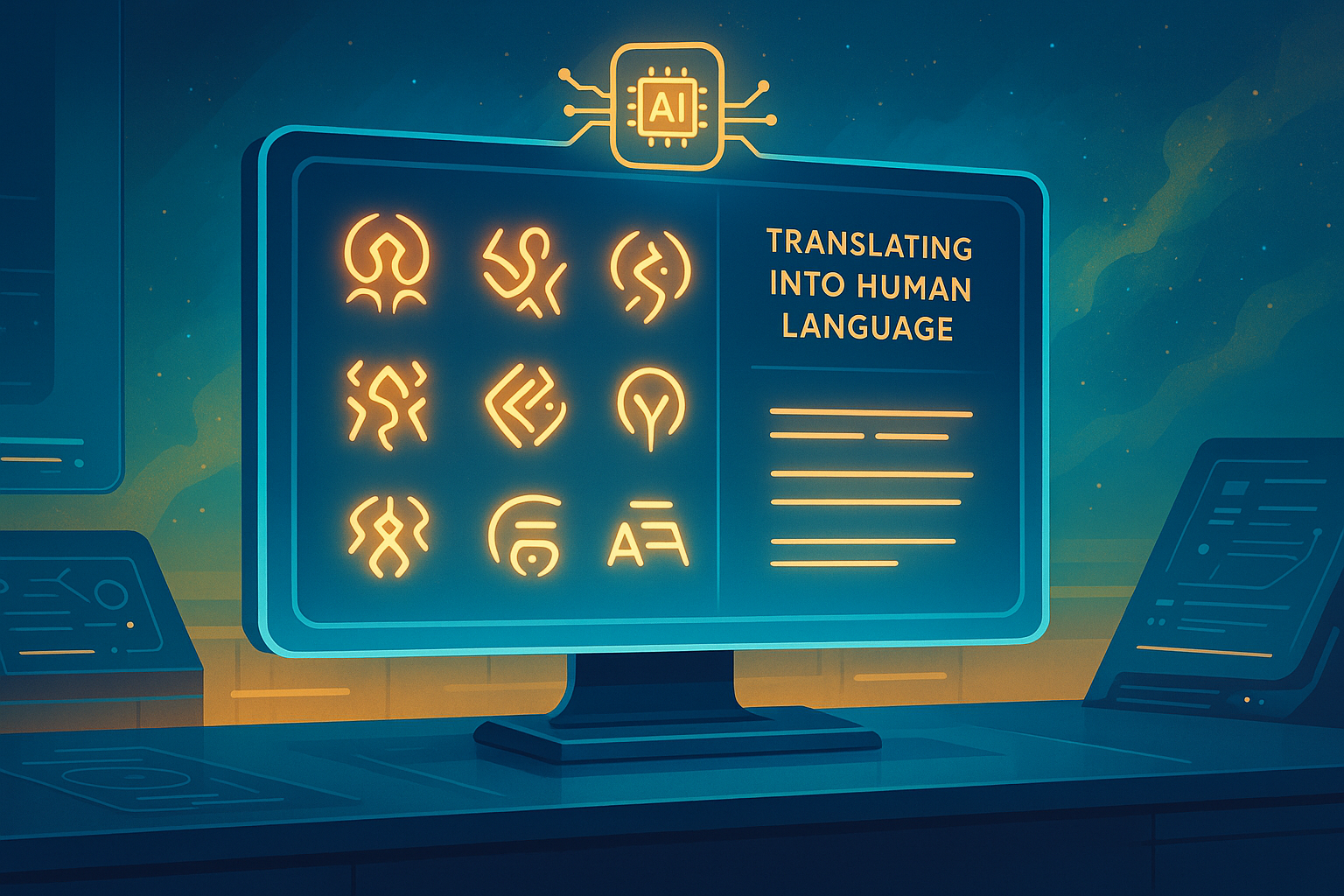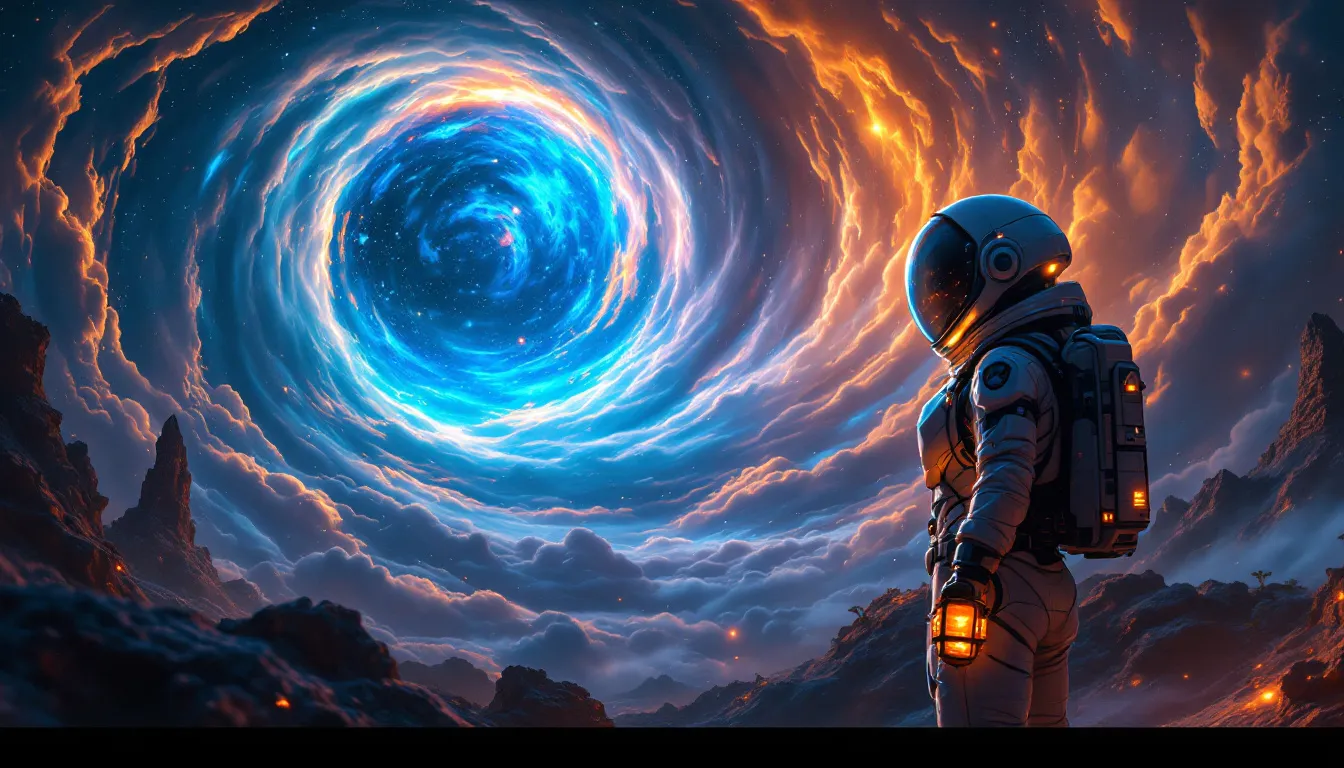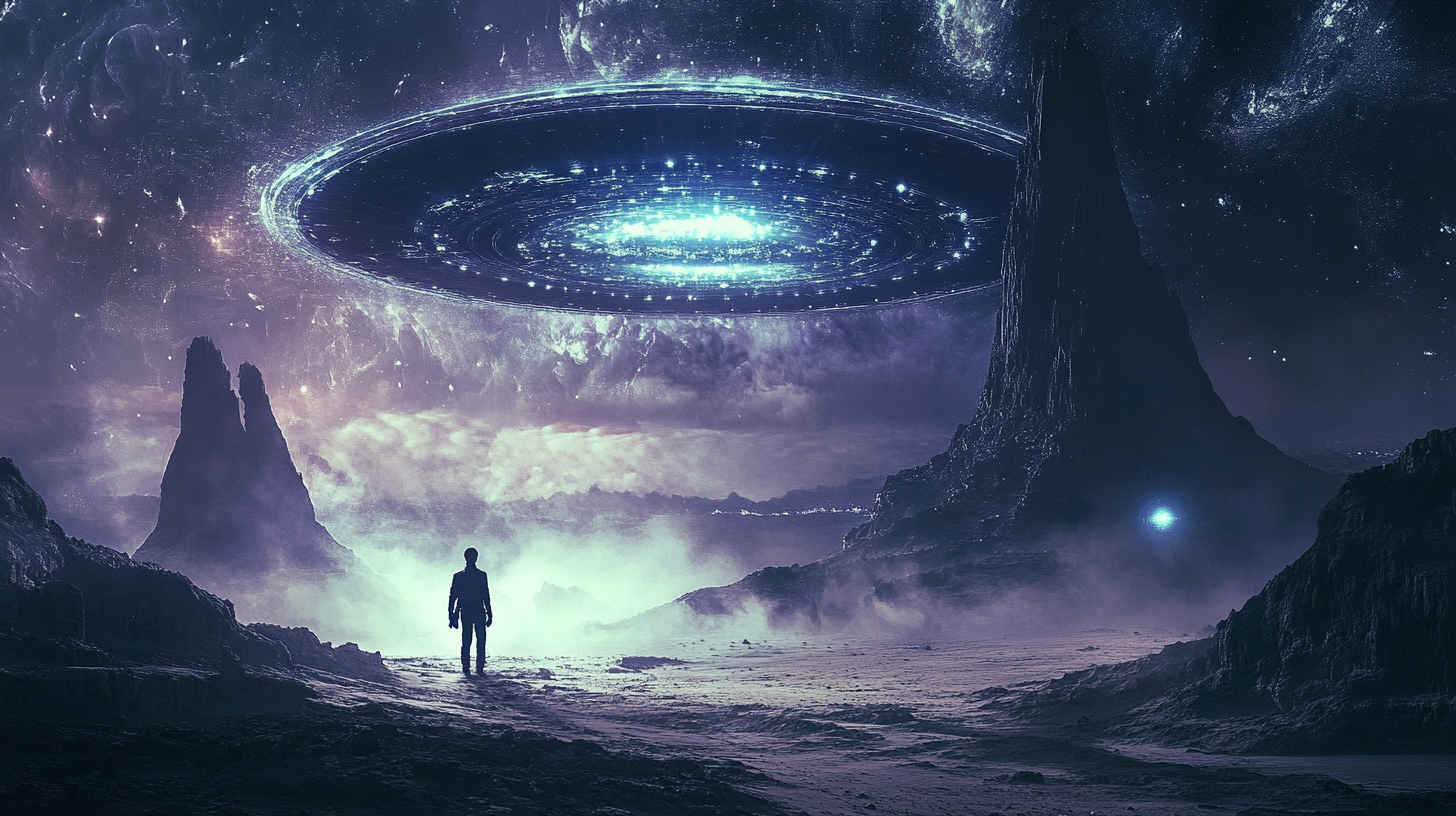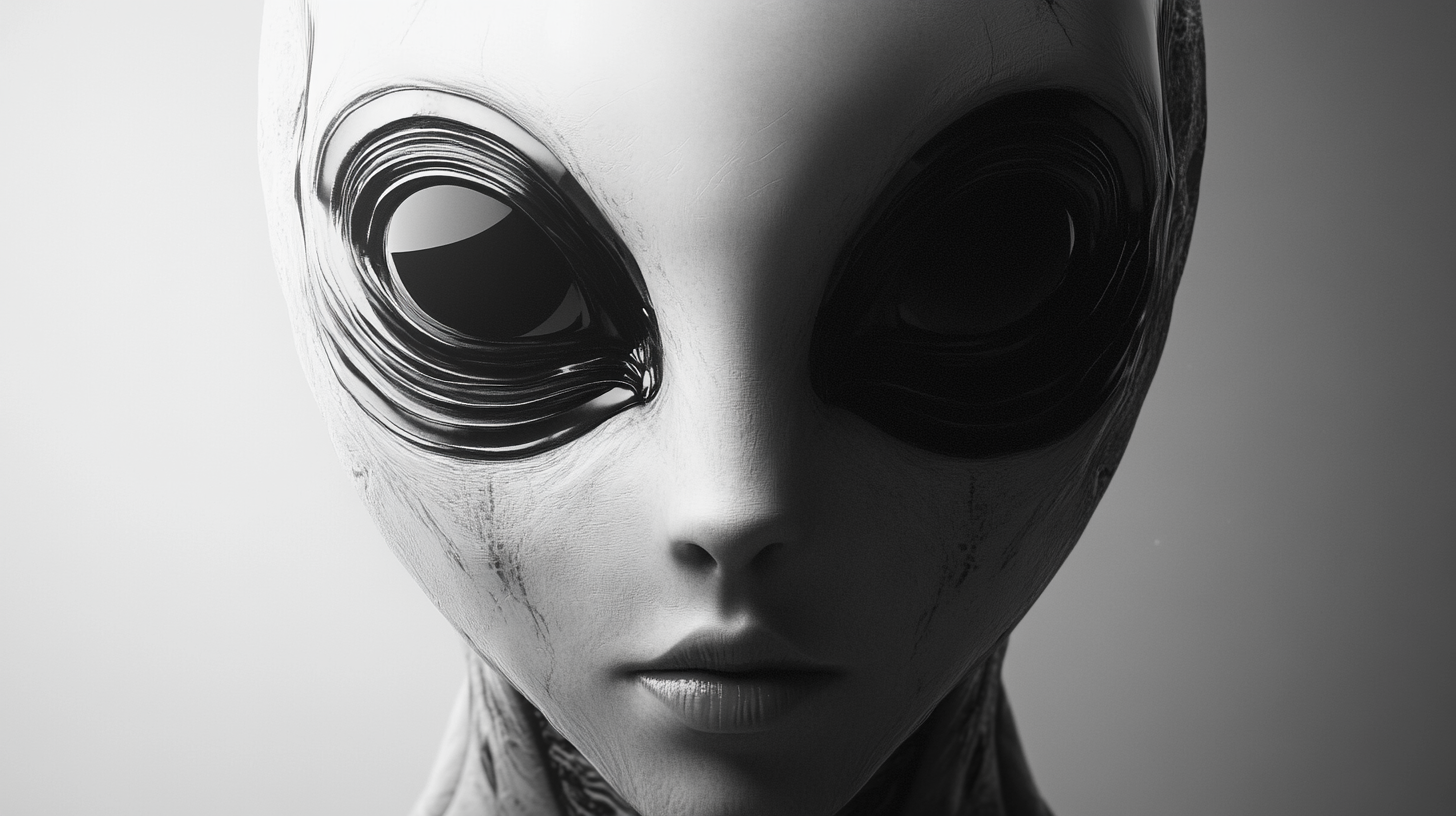What is a Parallel Universe?
Imagine a world where history took a different path. Where the lost library of Alexandria still stands, or technology took a massive leap in the 17th century. A where the world trade centers still stand, or a lost loved one is still here. This isn’t just fantasy, it’s the theory of parallel universes, realms that exist alongside ours, each with its own set of rules, histories, and possibilities.
Parallel Universe Concept
A parallel universe, also known as an alternate universe, parallel world, parallel dimension, alternate reality, or alternative dimension, is a hypothetical self-contained plane of existence that co-exists alongside our own universe. This is a subject of both scientific speculation and fictional narratives.
In the context of science, it is often associated with the field of quantum mechanics and cosmology, particularly through the many-worlds interpretation and the theory of the multiverse.
In fiction, notably books and sci-fi movies, parallel universes or worlds are used as a plot device to explore scenarios that are different from the known reality, allowing for the existence of an “other world” with various possibilities.
Astrophysical observations have long suggested that galaxies behave as though they possess more mass than we can perceive. This inexplicable phenomenon has led to the proposition of dark matter and ignited speculation about the influence of parallel universes.
Different Theories of Parallel Universes
Max Tegmark’s Four Levels
Max Tegmark, a renowned cosmologist, has introduced a taxonomy of universes beyond the familiar observable universe. These include:
- Level I: It represents an endless universe with a multitude of Hubble volumes, all carrying out potential initial conditions.
- Level II: This level contains universes with diverse physical constants.
- Level III: It adopts the many-worlds interpretation of quantum mechanics.
- Level IV: This ultimate level encompasses every feasible mathematical structure, proposing that every mathematical structure is a universe.
Four different levels of the multiverse ebb and flow with unique events, physical laws, and conditions.
Brian Greene’s Nine Types
Theoretical physicist, Brian Greene, extended Tegmark’s multiverse idea by bringing in a group of nine distinct multiverse types. Each drawing from established principles and theories in physics:
- Quilted: Involves infinite space with no change in laws of physics.
- Inflationary: The universe expands due to energy fields.
- Brane: Consists of multiple dimensions of space.
- Cyclic: Shows a universe that has existed for infinity.
- Landscape: Involves different domains with varying laws.
- Quantum: Based on quantum theory where all outcomes occur in alternate realities.
- Holographic: Describes a universe restricted to its boundary.
- Simulated: Represents universes simulated in advanced computing systems.
- Ultimate: This is the collection of all possible universes.
The Many-Worlds Theory
The Many-Worlds theory, proposed by Everett, incorporates quantum physics, evokes a scenario where every single quantum event spawns a new universe. The theory suggests that an array of universes exist, each differing by a single quantum event.
The Role of String Theory
String theory is yet another significant player in understanding parallel universes. It’s a framework where the particle point-like particles in particle physics get replaced by one-dimensional objects called strings. It provides a unified description of gravity and particle physics, bringing multiple universes to the picture.
The Concept of a Mirror-Image Universe
Finally, there’s the fascinating concept of a mirror-image universe. In this version of a parallel universe, concepts like time may flow backward compared to our universe. It’s an interesting idea explored in particle physics and cosmology, and like all parallel universe theories, awaits further research to be validated or debunked.
The abovementioned theories open numerous directions for the study of multiple universes. It’s an intricate mosaic of multidimensional layers, giving fascinating insights into our cosmos. In our quest for truth, we continue to probe the concepts of parallel universes, hoping for remarkable revelations about our universe and its possible counterparts.
Black Holes and Parallel Universes
Another fascinating avenue of research is the study of black holes. Some theorists propose that the singularity at a black hole’s center may serve as a bridge to another universe or dimension. The information paradox, a longstanding puzzle regarding what happens to information that falls into a black hole, has led some scientists to suggest that this information could be reconstituted in another universe.
Arguments for the Multiverse Theory
There are a number of theories that support the existence of the multiverse theory. Those are:
- The Anthropic Principle: This principle suggests that the existence of varied universes, each governed by distinct physical laws, explains the fine-tuning of our universe for conscious life.
- Many-Worlds Interpretation of Quantum Mechanics: A theory proposing numerous universes materialize from quantum events.
- String Theory: Built on the conception of point-like particles as strings, it unifies gravity and particle physics, implying the existence of multiple universes.
- Cosmologist Max Tegmark’s Argument: Max Tegmark advocates the multiverse as simpler and more elegant, emphasizing its uniformity with Occam’s razor.
Arguments Against
- Theory Inflation: Critics argue that inflation may be erroneous or not eternal.
- Quantum Mechanics: Some propose that quantum mechanics may be incorrect or not unitary.
- String Theory: Objectors believe that string theory could either be wrong or lack multiple solutions.
- Falsifiability: They question the falsifiability of multiverses, suggesting they are theoretical concepts that cannot be experimentally falsified.
What Comes Next
The challenges of testability and falsifiability that currently plague the multiverse concept do not impede future research endeavors. In fact, there may exist future observational tests for the multiverse. Researchers Anthony Aguirre, Matt Johnson, Matt Kleban, propose that the evidence of our bubble universe’s collision with another could be seen in an imprint in the cosmic background radiation. This testable prediction provides a new direction in the pursuit of parallel universe evidence.
Other investigations take a more astronomical approach suggesting the mysteries of universe’s gravity and galaxy rotation could be tied to the existence of parallel universes. Although criticized, these investigations nonetheless provide a unique perspective to the understanding of the universe and its laws.
Further experimentation and investigation will provide more insight into the phenomenon of parallel universes. While the parallel universe remains a theoretical dream, the field remains ripe for additional exploration in future research.






